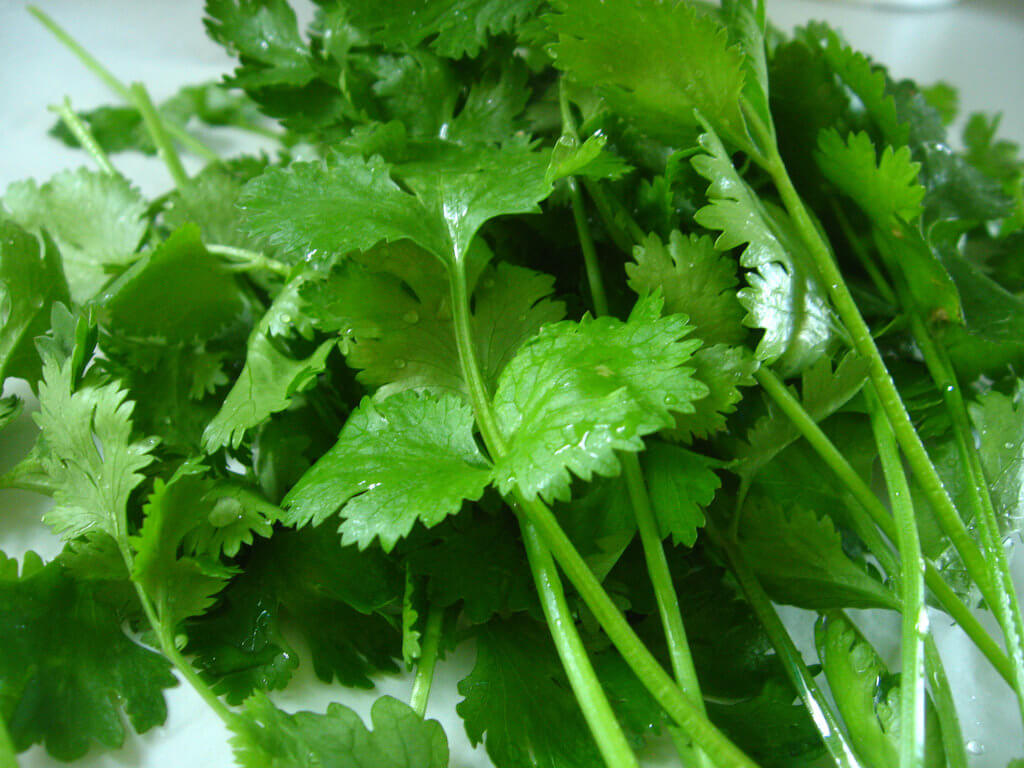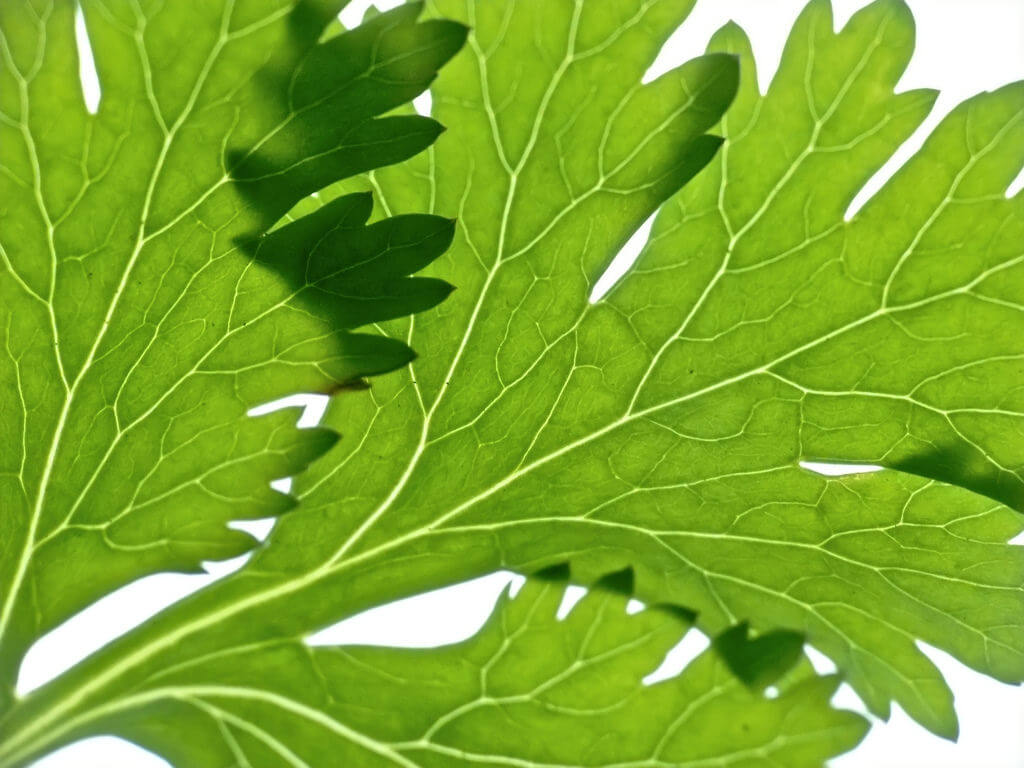food, Food & Nutrition
13 Facts You Should Know About Cilantro | Possible
Medically reviewed by Shanmukha Priya, M.Phil and Ph.D. in Food Science and Nutrition
When your recipe calls for cilantro, what should you reach for? Our good old fragrant coriander (Dhania) or should you rush to the store selling ‘imported herb’ cilantro.
Our advice; pick out the freshest leaves from your bunch of coriander in your kitchen – Cilantro is nothing but coriander as the Spanish would call it. Both are one and the same thing.
Cilantro is related to the other similar looking herb parsley. It has a fragrant, zesty flavour to it.
It adds dollops of freshness to any dish it is added. In fact, salads taste amazing with fresh cilantro added to it.

While in the US and Mediterranean region, the herb is called cilantro, in UK and Asian countries it is called coriander.
Cilantro seeds are called coriander, which add a spicy tang to any dish you add it to.
Here are some interesting facts about cilantro:
- Cilantro is also known as coriander or Chinese parsley.
- Cilantro has been around since biblical times and references can be found in the Bible, ancient texts from China, Egypt, India and the Roman empire.
- Both the plant and seeds are heavily used in Mexican, Indian, Middle Eastern and southeast Asian cuisines. But are also common in Central Asian, Mediterranean, Latin America, Chinese, African and even Scandinavian cuisine.
- The whole plant is edible. Yes, that’s right, from the leaves to the stems, roots and seeds. But the seeds should never be used in place of the leaves and vice versa.
- The root has more taste than the leaves, stems and seeds. Don’t throw it out because you can grind it up to make Thai curry pastes.
- The seeds are always called coriander and they are ground up with other ingredients to make curry spice mixes and pastes.
- Fresh cilantro/coriander leaves have a lightly citrus taste. The seeds have a stronger or more pungent taste and scent.
- There are many people who find the taste of cilantro repulsive. Some describe it as leaving a soapy taste in their mouths.
- Some Belgian beer breweries use coriander with orange peel to add citrus undertones to beer.
- Cilantro leaves have high antioxidant properties and can delay or prevent food from spoiling.
- More nutrition is found in fresh cilantro than in the coriander seeds.
- Fresh coriander leaves don’t have a long shelf life after being cut from the plant. Additionally their aroma is completely lost when dried or frozen.
- To store, place in a loose plastic bag in the refrigerator. Alternatively you can place in a jar of water and loosely cover the leaves with a plastic bag. Make sure to change the water every couple of days.
This is how you can add cilantro in your diet
Cilantro has powerful antioxidant properties, and helps keep food fresh longer. It is good to eat this in its freshest form.
While cilantro (the fresh leaves) has higher water content and more vitamins, the seeds (coriander or dhania) are higher in mineral content.
- Add cilantro to your home made salsa. Just roughly tear cilantro leaves and mix it into fresh tomato and onion salsa.
- Make chutney by blending all parts of fresh cilantro with little dried coriander seeds and cumin powder and dash of yogurt in a chutney blender. It makes an excellent low-fat sandwich spread.
- Make cleansing juice for weight loss. Just blanch cilantro leaves in boiling water for few seconds, then put them in ice water to retain its freshness.In a blender, purée together coriander, mint, cold water, a dash of olive oil oil, salt, and pepper into a smooth drink. Have it for a cleansing effect.
To know more about interesting weight loss diet, check out our Possible Nutritionist and our superfoods.
